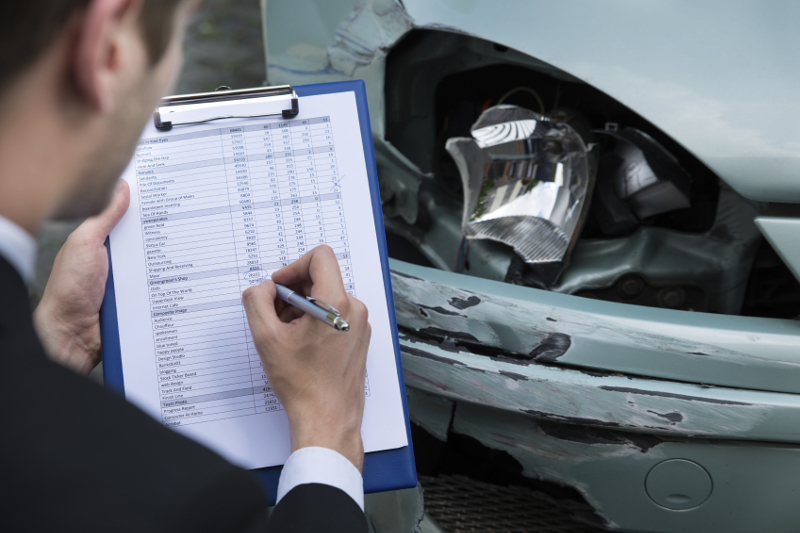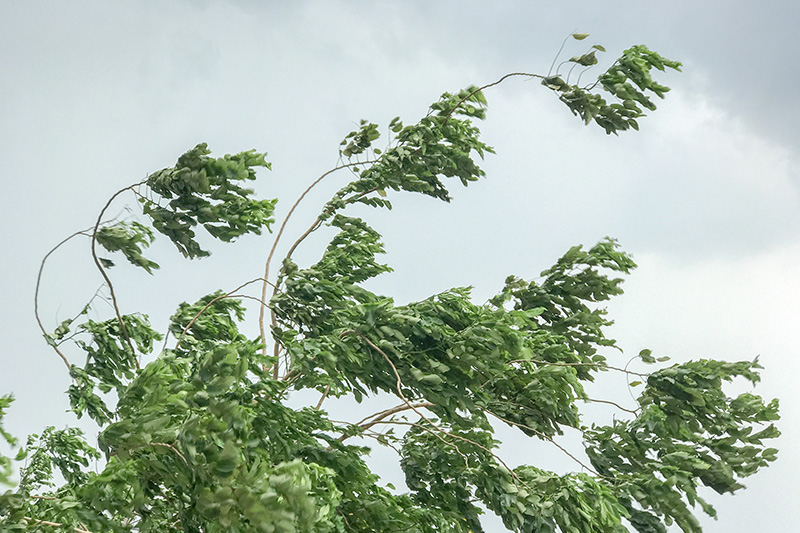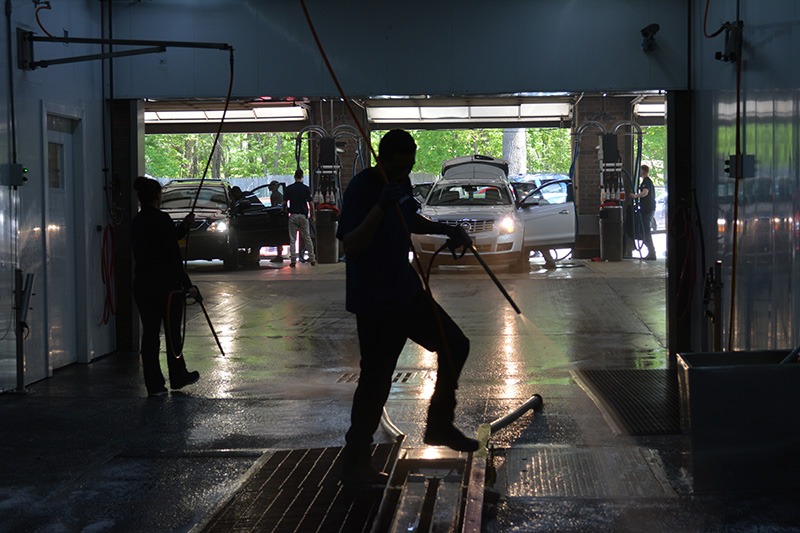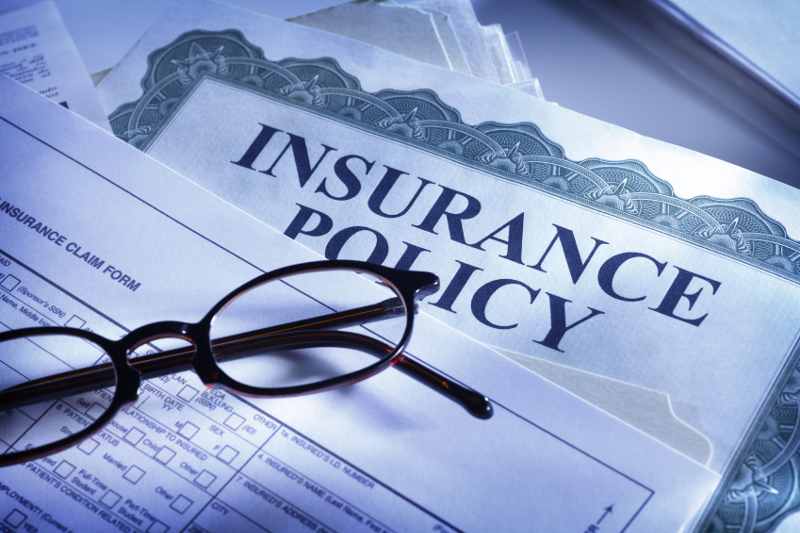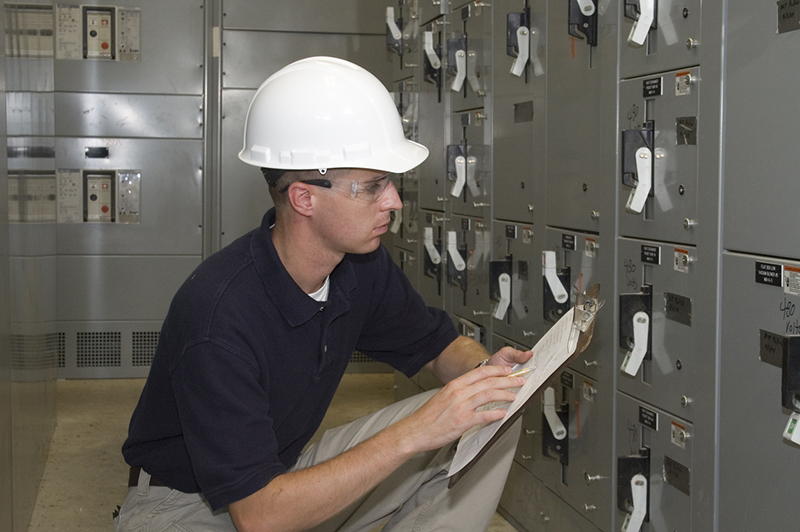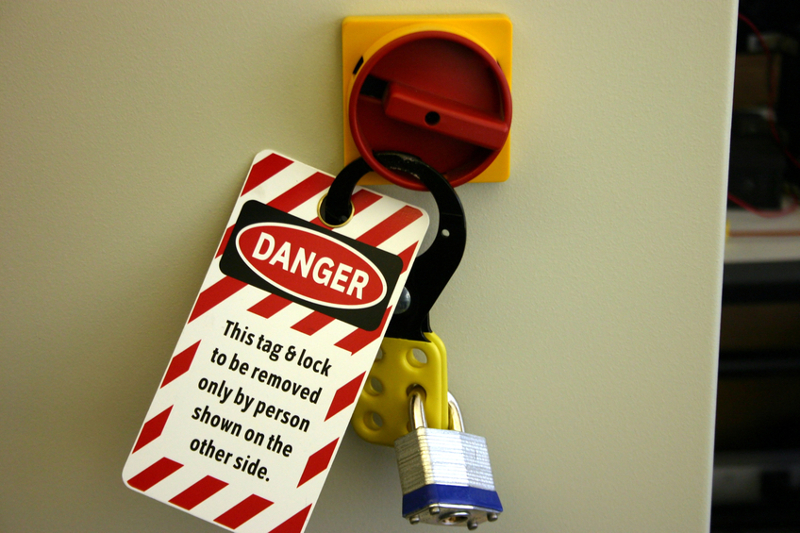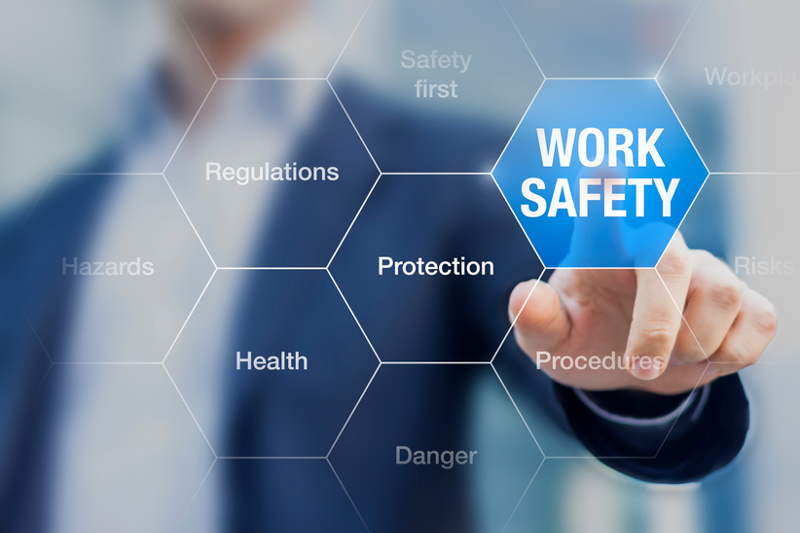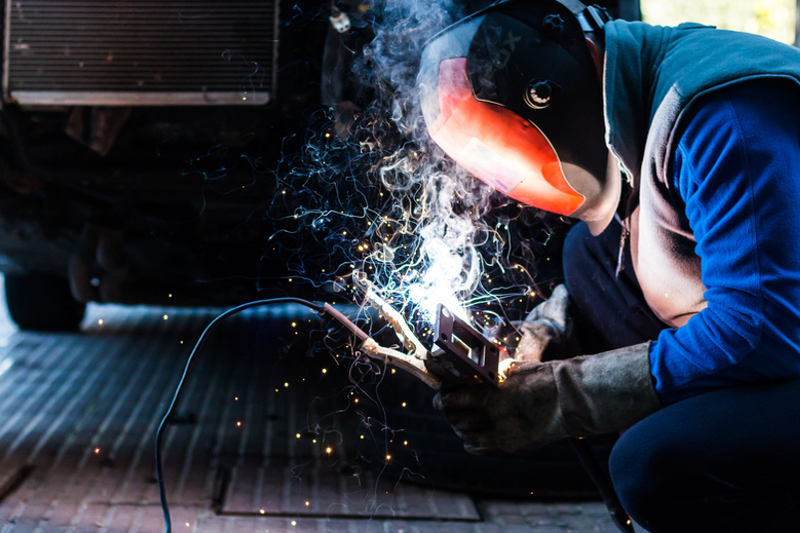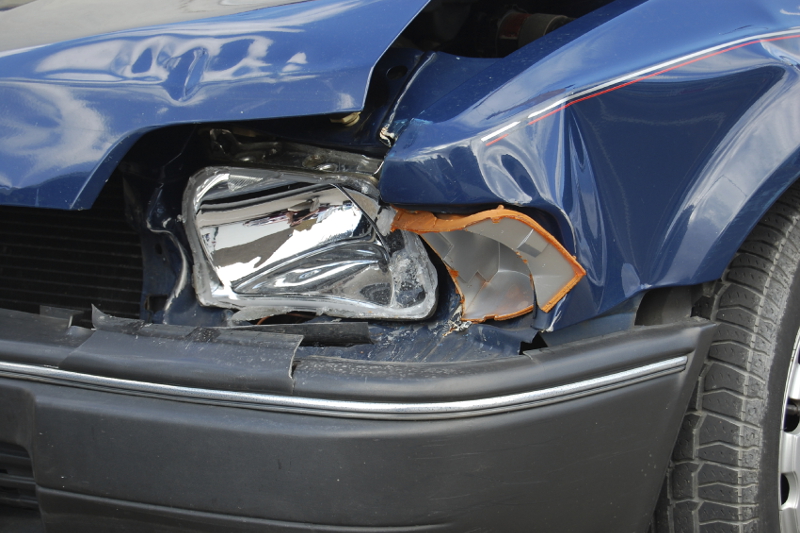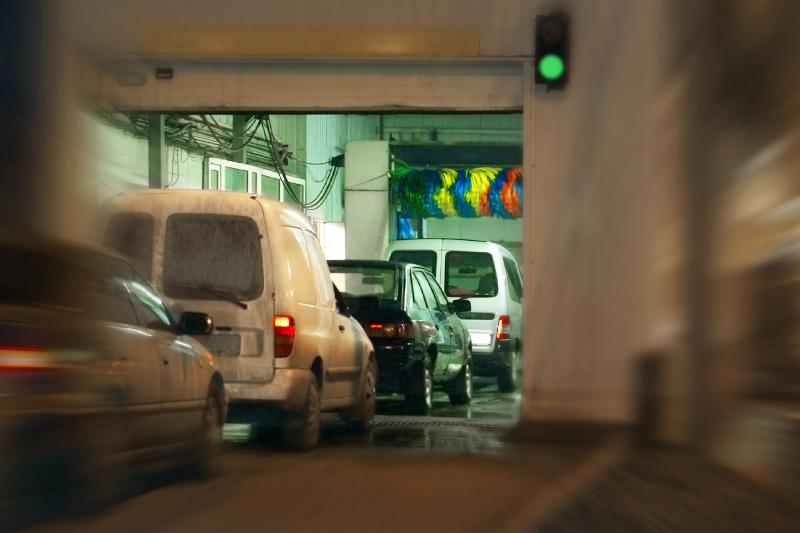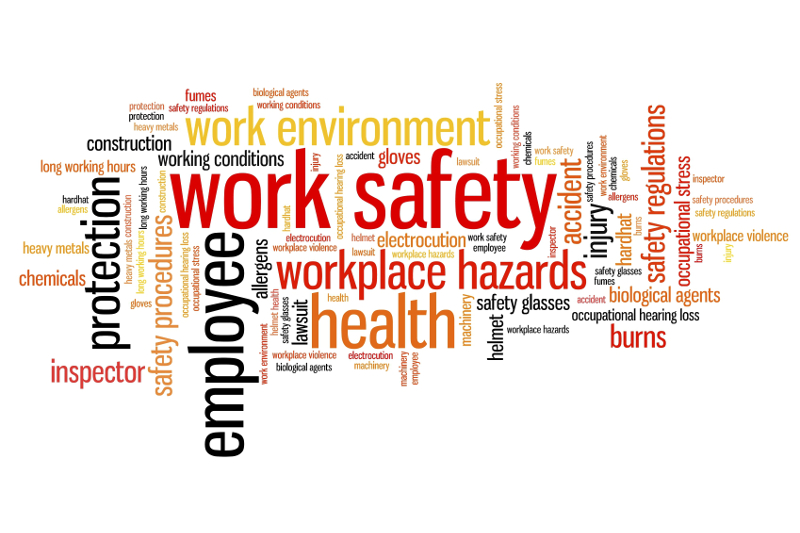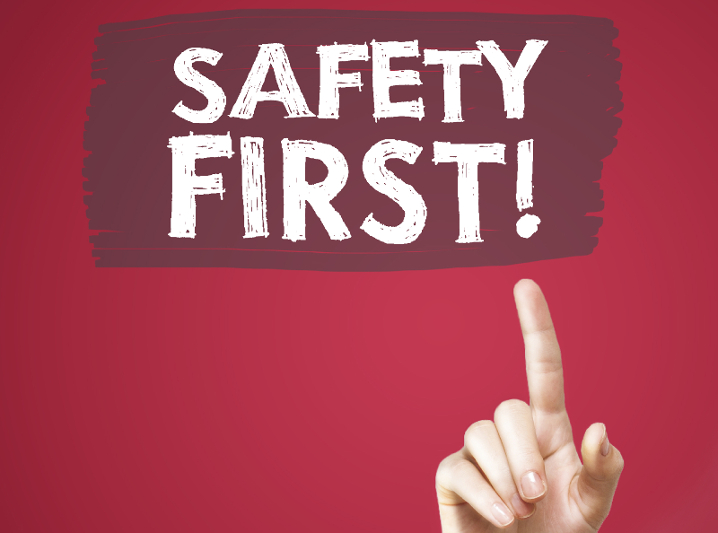Everyone in the carwash industry can agree that customer satisfaction is paramount to building a successful business. Most would also tell you that vehicle damage and customer injuries are common risks that can occur at any moment. Part of the risk management plan at your wash involves preventing losses before they happen, but it is also essential to have processes in place to respond when a loss does occur. If your employees can react to an incident with an efficient resolution, you can actually increase your customer satisfaction and further cement their brand loyalty.
The following suggestions should provide some important guidance in meeting this challenge:
- Only trained employees should be permitted to respond to an incident at the wash. This means that there should be a designated individual assigned to this task along with at least one other person to act in his or her absence. The degree with which the accuracy of the information is collected is critical to mitigating the effects of the potential loss.
- In the event of an incident, there should be a written action plan (checklist) in place outlining the necessary steps to take according to the type of claim encountered. Appropriate contact phone numbers need to be readily available.
- Customer contact on the suggested resolution should not exceed 24 hours. The faster the response time, the better chance you have to achieve a positive result.
- Every operation should have an incident document readily available. Keep a clipboard or electronic device in plain view.
- The incident form needs to be both simple and designed to gather the pertinent facts surrounding the claim.
- Make sure your process includes reviewing and cataloguing all video surveillance of the incident. Check out the McNeil & Co. Car Wash Safety Bulletin on video surveillance and storage for a refresher on what your wash should have: http://bit.ly/2zi80WM.
- The document must be completed on every incident, regardless if it is expected to be reported to your insurance company. This is especially important when the customer states he or she is okay or agrees that the damage is his or her fault. No exceptions.
- Many claims surface days, weeks or months after they occur. Pictures, video surveillance and witness statements should be immediately collected and kept in a safe place where it can easily be accessed at a later date.
- Make the reports a part of your monthly safety meetings. They can be a great resource for you and the employees to learn.
- As difficult as it might be to turn away business, there should be some rules in place for turning away a vehicle not suitable for your carwash. Examples include issues with height, aftermarket parts and significant prior damage, just to name a few.
- Keep in mind that your customers rely on your employees to be experts in determining the safety of caring for their vehicle. When they enter your tunnel with your approval, they believe that you have already assessed the dangers and ruled they are acceptable. This also holds true for while they are walking on your property. Your responsibility is to perform operations in a reasonable and prudent manner with regards to their safety.
- Don’t be afraid to “fire” a customer. Negative people breed more negativity in others. In the long run, you will experience better profitability by establishing this policy.
- Be firm in your position.
This is by no means an all-inclusive list, but it would be a good start to managing on-site incidents and developing a greater degree of customer satisfaction. Although instituting this type of program might seem time-consuming at first, the cost of not adapting a process will prove to be substantially worse. If you don’t have something in place now, don’t delay any longer.
Mike Benmosche, CIC, is the national carwash program manager for McNeil & Co. McNeil & Co., with over 25 years in business, has become a nationwide leader in specialized risk management and insurance, specializing in the professional carwashing industry. For more information, please visit www.mcneilandcompany.com.

